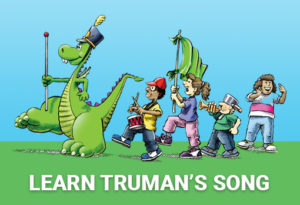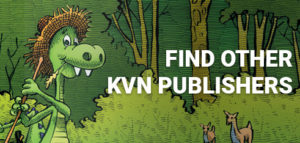Research Technician
Please tell our readers a little bit about yourself. My name is Kevin Bishop and I have been at the NIH since 2006. I attended Virginia State University and earned a degree in Biology. While in school, I worked in a zebrafish lab for two years and interned in a microbiology lab at the Medical College of Virginia. After graduation, I taught high school in Richmond, Virginia, but felt the calling of research so I decided to take a job at the NIH. Please tell our readers a little bit about the National Institutes of Health and what you do there. The purpose of the NIH is to explore biomedical and basic research. I am technician within the National Human Genome Research Institute, specifically the Zebrafish Core. We use the zebrafish as an animal model to explore the complexities of cancer and other diseases in humans. Why is this work important/how does it apply to everyday life for most people? This work is important because human diseases are a hindrance to the overall quality of life. We are learning everyday how to confront natural and unnatural biological problems that will be solved in time. Most people have a direct or indirect encounter with diseases like cancer. People like me are working very hard to solve this problem through different means, however, we all at the NIH have the same goals, making life better for everyone. What is the coolest thing about your job? The coolest part of my job is working with the zebrafish. It is a beautiful and powerful animal model to behold. Most people have seen them in pet stores, but to observe them and all their biological processes is truly amazing. What is a typical day like for you? My typical day starts with spawning my fish for experiments. Once the fish spawn, I will start injecting embryos to make mutants by manipulating the mRNA of the organism. I will also observe the fish as they develop. The embryos are clear for the first 30 hours of their life, so I can see things like organ development and growth. What kind of training does it take to do your job? You need to have a basic understanding of molecular and developmental biology. Experience is key, so interning in a lab that uses animals is a great place to start. When/how did you know you wanted to work at the National Institutes of Health? I knew when the human genome was decoded. It was mind-blowing to know that the entire human had been mapped, and I wanted to be part of the genomic revolution. What are some challenges you face in your work? One challenge is attempting to tackle complex genetic problems that require lots of thought, in-depth literature research and critical thinking. We also have the challenge of working with live animals, which may or may not cooperate when I want to conduct experiments. Sometimes they spawn, sometimes they don’t, but I have to remain focused and patient. What do you like to do when you are not working? I love sports, reading and concerts. I am a Yankees fan, so whenever they come into D.C., I always make it a point to see them live. My favorite band in the universe is The Roots, so I will venture to any venue that hosts them in this area. What a cool job! Thanks for sharing with our readers!





